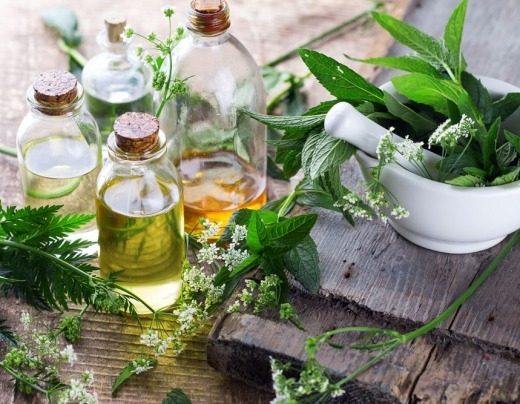Coffee Burn Fats
President of Malaysia Aromatherapy Practitioners Association

President of Malaysia Aromatherapy Practitioners Association
Is Aromatherapy combined with Traditional Chinese Medicine a good match?
Aromatherapy is one of the complementary medicine that are booming and have potential in Malaysia. Due to the expansion of consumer product sales channels, this therapy has attracted many people's attention and has been invested in this industry. Without understanding personal physical needs, many consumers will judge the aromatherapy products they need because of the efficacy of essential oils and the quality of products. Whether for inhalation, smearing or other methods of use, some can quickly relieve the current discomfort, while more cannot get the expected effect because the use does not correspond to the body needs.
Aromatherapy is one of the complementary medicine. It has been spread to Asia under the advocacy of western natural therapy, and its uses, such as emotional management and mental stress relief, are based on personal preferences and feelings. Is there a more scientific way to choose the right essential oil? Is it necessary to diagnose and judge before use? Can we use it more safely based on any medical report? When the West meets the wisdom of Oriental Medicine, how can it help aromatherapy practitioners and consumers? Is the theory of TCM scientific enough? Can it be used as a diagnostic standard before use?
Although the term "Aromatherapy" originated in Europe, Traditional Chinese Medicine Aromatherapy has a longer history, which has been recorded in Traditional Chinese Medical literature in all dynasties and widely spread among the people. As early as the inscriptions on bones and tortoise shells of the Yin and Shang Dynasties, there were records of fumigating, steaming with wormwood and brewing fragrant wine, and the custom of wearing sachets and bathing orchid soup had existed in the Zhou Dynasty. What is really recorded in the literature is that the lavender in the Book of Mountains and Seas in the pre Qin era "can be used with it to prevent epidemics". This shows that the customs and habits of using aromatic drugs to prevent diseases, eliminate pollution and disinfect, and clean the environment have been formed at that time. There are also symptoms such as the combination of aromatic drugs and wine therapy recorded in the Yellow Emperor's Canon of Internal Medicine. Aromatherapy has accumulated experience from a large number of life practices in ancient times, and gradually formed a theoretical system that can cure and prevent diseases. Later, the Compendium of Materia Medica summarized, innovated, and introduced more comprehensively the methods of aromatherapy, such as inhalation, topical use applying, gargling, bathing and etc.
However, in the Qing Dynasty, <Li Lun Pian Wen> systematically elaborated the mechanism of aromatherapy, the basis of syndrome differentiation and treatment according to the concept of Yin and Yang and five elements, the choice and compatibility of drugs, usage and dosage, and precautions, which provided a complete theoretical system for aromatherapy. Until modern times, with the development of society, the development of Traditional Chinese Medicine Aromatherapy has gradually improved, and the types of drug delivery methods have also diversified, such as Traditional Chinese Medicine essential oil, Traditional Chinese Medicine Aromatherapy, Traditional Chinese Medicine spray, etc., which are widely used in daily life.
In clinic, the volatile oil of plants is a small molecule substance, which can be quickly absorbed by the body and has a wide range of effects. It can regulate the cardiovascular and cerebrovascular systems, central nervous systems, respiratory systems, gastrointestinal systems, etc. It has antibacterial, anti-inflammatory, anti-cancer, anti-virus, and drug absorption promoting effects. The clinic can achieve obvious curative effect through sniffing and smearing, such as cough, insomnia, anxiety, emotional uneasiness, pain, abdominal pain, and irregular menstruation.
The combination of Aromatherapy in Traditional Chinese Medicine is a clinical application method based on the theory of Traditional Chinese Medicine, which combines the techniques of Traditional Chinese Medicine with the essential oil therapy in aromatherapy to form complementary advantages and mutual use. The big idea of aromatherapy in Traditional Chinese Medicine is to use the diagnosis based on syndrome differentiation of Traditional Chinese Medicine and its advantages in solving functional and organic diseases. At the same time, Traditional Chinese Medicine stresses the prevention of disease and the treatment of spirit. Combined with energy aromatherapy, it can solve emotional and energy problems and help individual cases achieve balance between health and energy from both sides of the body and heart.
#Malaysian Aromatherapy Practitioners, are you ready for this revolutionary transformation?